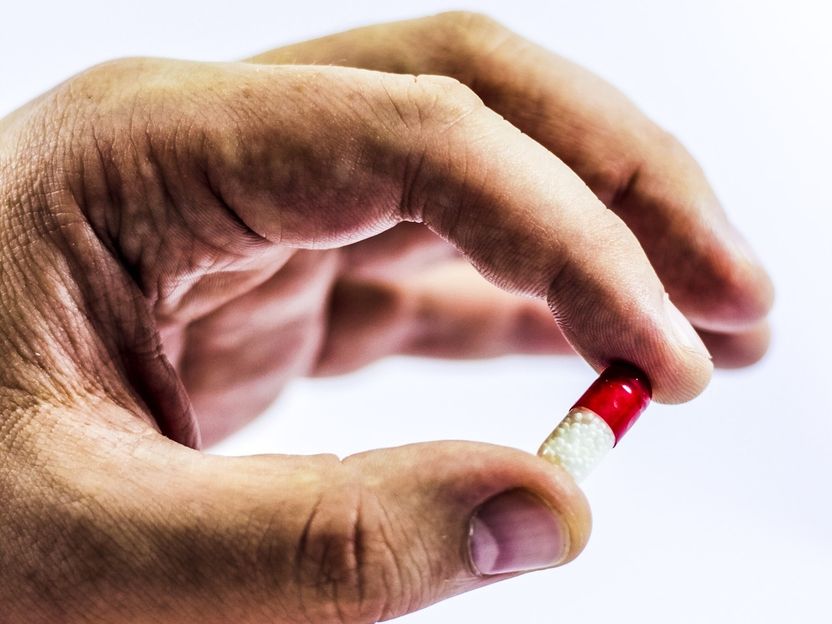3D microfluidic liver on a chip
Researchers in South Korea have developed a three-dimensional liver model that can recreate cell signalling within the organ. The liver on a chip could cut tests on animals by providing an accurate artificial model of how the organ responds to new drugs.
The team, led by SangHoon Lee, at Korea University, Seoul, has developed a new spheroid-based three-dimensional culture system. Such systems make the best mimics of natural liver cell arrangements. To create uniform three-dimensional hepatic cell structures, the chip has concave microwells. HSCs were cultured in flat wells, in separate chambers to the hepatic cells, to avoid cell–cell contacts. The different cell types were linked via connecting tubes. An osmotic pump enables continuous control over nutrient supply and waste removal. The pump also makes it possible to control the rate of nutrient solution flow. This lets the liver on a chip more accurately mimic living tissue and allows scientists to study the effect of varying the flow rate on paracrine interactions.
Most read news
Other news from the department science

Get the life science industry in your inbox
By submitting this form you agree that LUMITOS AG will send you the newsletter(s) selected above by email. Your data will not be passed on to third parties. Your data will be stored and processed in accordance with our data protection regulations. LUMITOS may contact you by email for the purpose of advertising or market and opinion surveys. You can revoke your consent at any time without giving reasons to LUMITOS AG, Ernst-Augustin-Str. 2, 12489 Berlin, Germany or by e-mail at revoke@lumitos.com with effect for the future. In addition, each email contains a link to unsubscribe from the corresponding newsletter.
Most read news
More news from our other portals
Last viewed contents
Janssen-Cilag International NV withdraws its application for an extension of the indication for Velcade (bortezomib)
Hip_fracture_treatment





















































